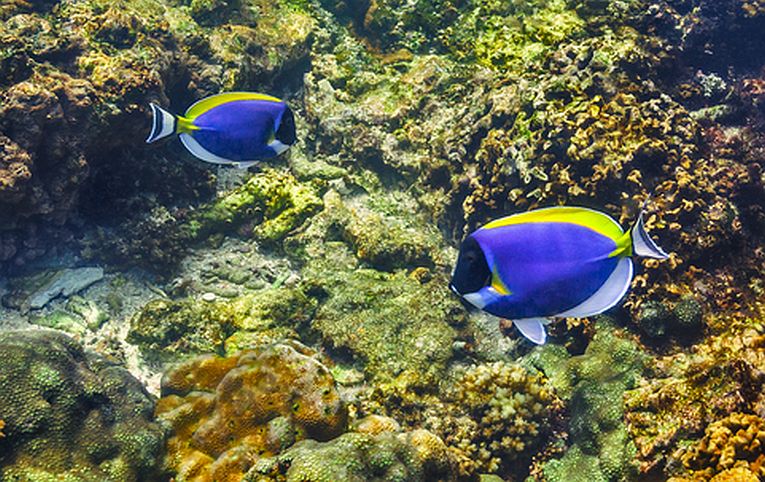Thomas J Webb and Beth Mindel are from the Plant and Animal Biology Department of the University of Sheffield, in Yorkshire. Involved deeply in the problems faced by organisms and environments, they have published a paper in Current Biology that should be classed as scaremongering. Certainly those who overfish like cod or tuna fishermen, pollute like the Gulf desolation caused by BP, and exploit marine ecosystems (which is almost all of us) will call it that. With the addition of climate change and many losses on coral reefs, so many species could disappear that food shortages could also become much more common. It is only last week that the Seychelles reefs were recorded as recovering from bleaching, at least in the case of 12 of the 21 studied.
The trouble is that this is a carefully considered and logical progression of ideas on how many of our living animals and plants will be subject to extinction in the near future. On the surface,
marine species are listed less often as being of concern to conservationists. But this is because very few have been formally assessed + they are difficult to find in many cases. The conclusion can only be that our use of wild creatures for food will be increasingly limited if many of their food items and even their predators are being lost. Without extensive scientific advice on each fished species, those animals are rapidly disappearing, while their habitat and niches are robbed of species we hardly know.
With a concentration on reliable estimations of extinction, the gap between terrestrials and marine species suddenly disappeared! Wherever they live, it seems 20-25% of all those studied were at risk. The need for collecting all data on marine species (as in yesterday's article on a seahorse ) is desperately obvious. We have to know the ways in which they have or might in the future be able to resist the multiple pressures we impose upon them.
The only reason that extinction in the seas is less recorded is our ignorance. The ignorance of the true taxonomic position of an organism and the obvious situation where the animal or plant is simply unknown are examples. This compares with the similar status of small invertebrates in uninhabited rainforests. They are often discovered and formally recognised as a single specimen, and then appear extinct when we return to find an example. The IUCN assessments on conservation were compared here with the formal description of species. The focus on well-known taxons was obvious, from larger sharks to the terrestrial mammals. The risk of extinction rises as conservation assessment efforts increase, as you might expect. Thee true link, however, is that wherever they live, up to a quarter of all animals and plants could be extinct before we can increase conservation efforts. Those 9 Seychelles reefs that never recovered from bleaching and all the problems facing the Great Barrier and the Caribbean reefs exemplify how marine species, and the reef fish nurseries
might be disappearing while we watch.
More on common and rare coral reef species can be found here, with at least one reason why the ocean rarities are less studied!










